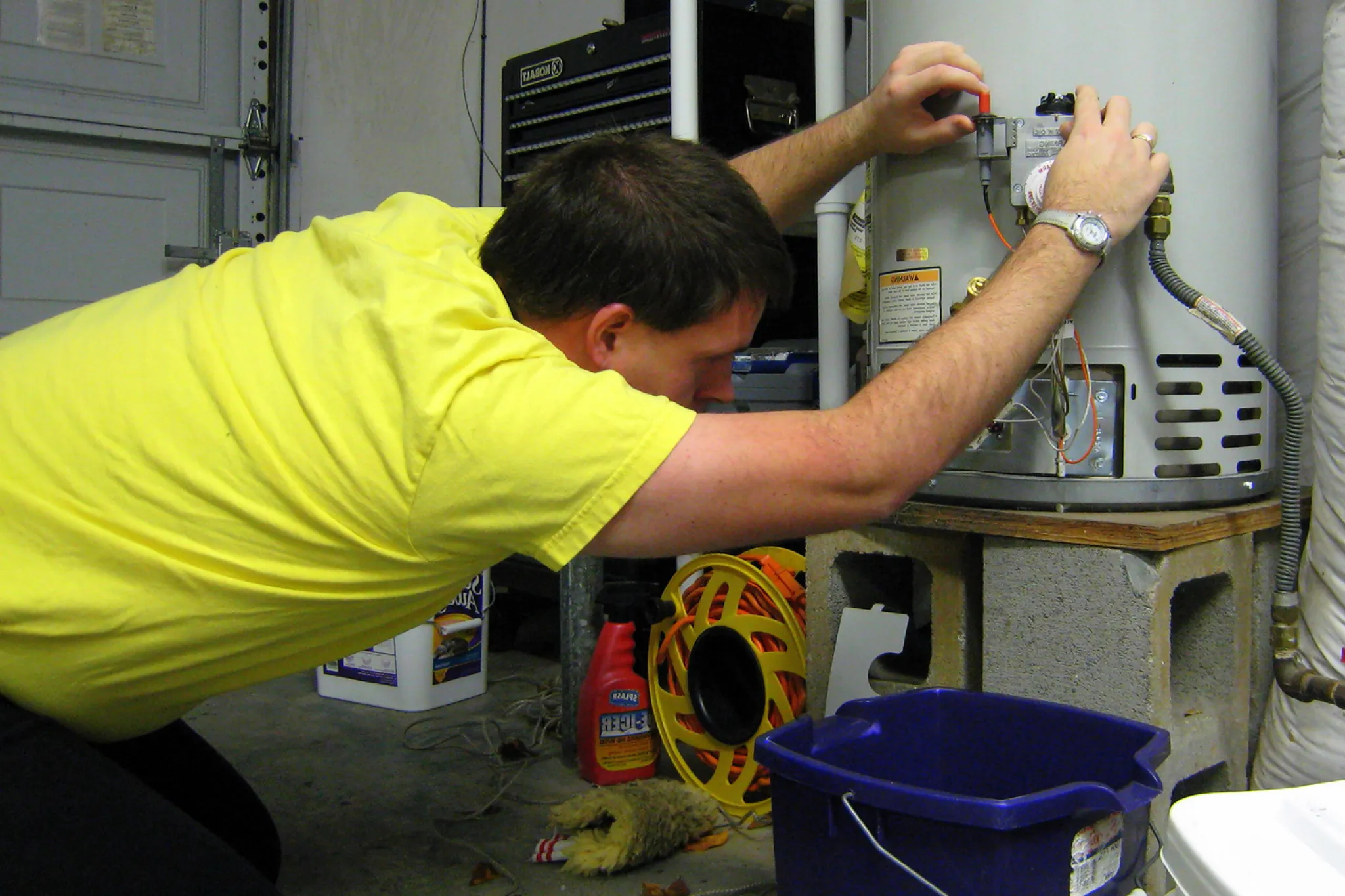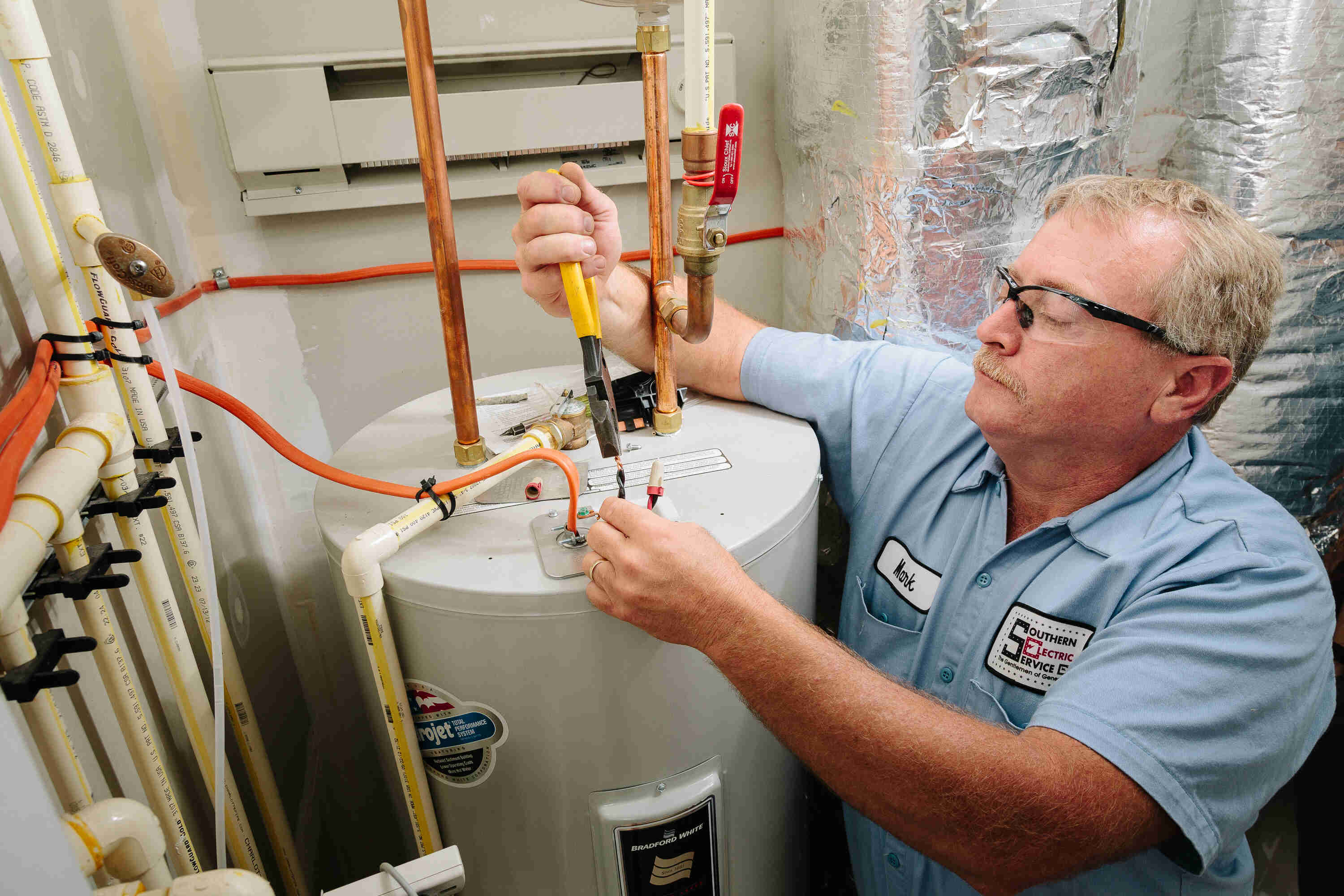Maintaining Your Home's Hot Water System: Key Guidelines
Maintaining Your Home's Hot Water System: Key Guidelines
Blog Article
Just about everyone seems to have his or her own way of thinking in relation to Tips on Maintaining a Water Heater.

Hot water is essential for day-to-day convenience, whether it's for a refreshing shower or cleaning recipes. To guarantee your warm water system runs successfully and lasts longer, normal upkeep is crucial. This post provides useful suggestions and understandings on how to maintain your home's warm water system to prevent disruptions and pricey repair services.
Introduction
Maintaining your home's warm water system may appear overwhelming, yet with a few easy steps, you can guarantee it runs smoothly for many years to find. This guide covers everything from recognizing your warm water system to DIY maintenance pointers and understanding when to call in professional aid.
Value of Keeping Your Warm Water System
Routine maintenance not just extends the life-span of your hot water system but also guarantees it runs efficiently. Neglecting upkeep can result in decreased performance, higher power expenses, and even early failure of the system.
Indicators Your Hot Water System Demands Maintenance
Understanding when your hot water system needs interest can protect against major problems. Keep an eye out for indicators such as inconsistent water temperature, strange noises from the heater, or rustic water.
Understanding Your Warm Water System
Before diving right into upkeep tasks, it's valuable to comprehend the fundamental components of your hot water system. Commonly, this includes the water heater itself, pipelines, anode rods, and temperature controls.
Regular Monthly Upkeep Tasks
Normal month-to-month checks can help catch small concerns prior to they rise.
Purging the Water Heater
Flushing your water heater removes debris build-up, boosting performance and prolonging its life.
Checking and Replacing Anode Rods
Anode rods avoid rust inside the storage tank. Evaluating and changing them when broken is critical.
Inspecting and Adjusting Temperature Settings
Adjusting the temperature settings ensures optimal performance and safety and security.
DIY Tips for Maintenance
You can perform several maintenance jobs on your own to maintain your warm water system in leading problem.
Checking for Leaks
Frequently examine pipes and connections for leaks, as these can lead to water damages and greater expenses.
Checking Pressure Relief Valves
Testing the pressure safety valve guarantees it works correctly and prevents too much stress accumulation.
Protecting Pipes
Insulating warm water pipelines decreases heat loss and can conserve power.
When to Call a Specialist
While DIY maintenance is beneficial, some concerns call for professional expertise.
Complex Problems Needing Expert Help
Examples include major leaks, electrical problems, or if your water heater is constantly underperforming.
Routine Specialist Upkeep Advantages
Professional upkeep can include thorough assessments, tune-ups, and guaranteeing compliance with safety standards.
Final thought
Regular upkeep of your home's warm water system is important for performance, longevity, and price savings. By following these tips and understanding when to look for specialist help, you can make sure a reputable supply of warm water without unforeseen disturbances.
Water Heater Maintenance Tips
Test the TPR Valve
Shut off the power and the cold-water supply valve. Place a bucket under the pipe connected to the temperature-pressure-release (TPR) valve on the top or side of the tank. (This valve opens if the tank pressure gets too high.) Lift the valve’s tab to let some water out, then let go. If water keeps flowing, drain the tank partway, unscrew the old valve with a pipe wrench, and install a new one. Check the Anode Rod
Put a hose to the tank’s drain cock and let out a few gallons of water. Now fit a 1 1/16-inch socket onto the rod’s hex head on top of the heater (or under its top plate) and unscrew the rod. If it’s less than ½ inch thick or coated with calcium, buy a new one, wrap its threads with Teflon tape, put it back in the tank, and tighten securely. Use this segmented rod if headroom above the tank is limited. Drain the Tank and Wash Out Sediment
Drain the remaining water in the tank into the bucket, then stir up the sediment on the tank’s bottom by briefly opening the cold-water supply valve. Drain and repeat until clean water comes out of the hose. Close the drain cock, refill the tank, and turn its power back on. Adjust the Temperature
Find the temperature dial on the side of the tank and unscrew its cover. Adjust the dial to 120 degrees using a flathead screwdriver. For every 10 degrees the temperature is lowered, you can expect to save up to 5 percent in energy costs. Turn the water heater off or the thermostat down to its lowest setting if you plan to be away from home for more than three days. Insulate the Pipes
Buy some self-sticking 3/8-inch-thick foam pipe insulation that matches the pipes’ diameter. Slide the foam over the hot-and cold-water pipes as far as you can reach. Insulating the cold-water pipe prevents condensation in summer. Peel the tape and squeeze the insulation closed. If the pipe is 6 inches or less from the flue, cover it with 1-inch-thick unfaced fiberglass pipe wrap. https://www.thisoldhouse.com/plumbing/21016402/how-to-maintain-a-water-heater

I'm just very serious about Water Heater Maintenance Tips You Can't Afford to Forget and I really hope you liked my post. Loved our review? Please share it. Help others discover it. I recognize the value of reading our article about Tips For Maintaining Your Hot Water Heater.
Call Today Report this page